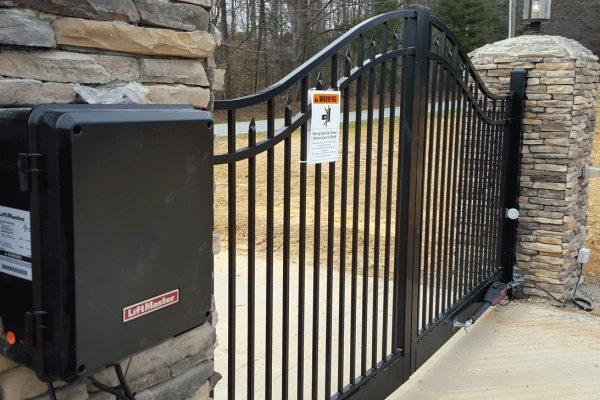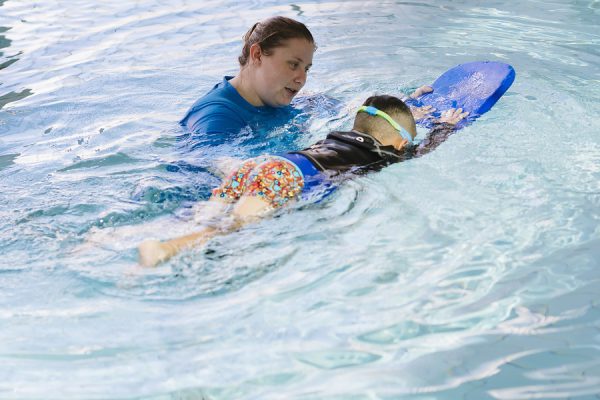The Best Ways to Relieve Foot Pain at Home
From time to time, minor foot pain crops up in daily life. Before resigning yourself to discomfort, try simple at-home relief strategies first. Basic care often eases issues like corns, calluses, minor sprains or overuse fatigue substantially. Nevertheless, search out professional podiatry assistance promptly if problems worsen or persist. Catching emerging complications early prevents small discomforts from cascading into lifelong issues over time. Arm yourself with proactive solutions to treat transient foot pain flares as needed.
Follow RICE Protocol
For acute injuries causing sudden pain, immediately follow the RICE method before additional interventions. RICE stands for rest, ice, compression and elevation. Stop activity and avoid weight-bearing to rest damaged tissue. Ice the area to reduce swelling for 20 minutes every few hours. Wrap snugly with elastic bandages securing ice packs to provide light compression inhibiting inflammation. Finally, keep feet propped above heart level on pillows so gravity drains fluid downward away from feet. This emergency protocol limits secondary injury spreading following isolated trauma. Once acute inflammation subsides after a few days, gentle movement facilitates healing long-term.
Massage Tension Away
When feet generally ache without a specific injury event, tension likely accumulates in overworked muscles and joints. Target this tension manually through massage. Use hands or tools like tennis balls or foam rollers against key areas of the feet. Roll slowly along the full foot length, pausing at extra tender points. Apply pressure there until you feel tissues begin softening. Massage boosts blood circulation, delivering fresh nutrients and oxygen critical for repair. Make massage a component of your regular foot self-care rather than a last resort.
Stretch and Strengthen
Muscle imbalances strain joint stability and alignment, contributing to many common foot pains. Weakness causes certain muscle groups to overwork, compensating for others. Tightness restricts joint mobility placing strain elsewhere. Combat this through consistent stretching and strengthening focused on lower legs and feet. Yoga foot exercises like flexing, pointing, gathering and spreading toes smooth out stiffness. Rotate ankles fully to maintain mobility. Stretch calves, shins and the plantar fascia tissue along the arch and heel. Try intrinsic foot exercises like towel scrunches. Balancing standing on one foot also strengthens stabilizer muscles.
Soak in Healing Baths
Soaking feet in specialized baths infuses tissue with soothing, restorative ingredients. For example, add two cups of Epsom salts to warm, not hot, water. This magnesium sulfate compound reduces inflammation and draws out toxins contributing to swelling. Peppermint or eucalyptus oils boost the soothing effects too. For calluses and thickness, dissolve a cup of coarse Himalayan sea salt into bathwater to gently soften and exfoliate simultaneously. Alternatively, create a foot soak composed of green tea bags steeped in water to fight odor and infections. Schedule relaxing foot baths regularly rather than solely when pain strikes as a comforting preventative ritual.
Correct Poor Mechanics
Many pains arise not from sudden injuries but rather cumulative stress placed on feet day after day. Contributing lifestyle factors like excess weight, unsupportive shoes or poor alignment strain delicate foot structures until injury manifests. Address the root lifestyle contributors to truly resolve discomfort long term in these scenarios. Schedule an evaluation with a podiatrist like those at Beyond Podiatry to identify mechanics flaws overburdening your feet first. Then commit to their clinical recommendations involving custom orthotics, night splints stretching tight ligaments or specialty shoes correcting stride abnormalities.
Conclusion
Tending proactively to minor foot discomfort often resolves issues before they spiral. Catching emerging complications early prevents small discomforts today from cascading into lifelong mobility limitations or pain over time. Listen closely to your feet’s signals urging protective action. Give your feet the timely care they deserve and often the pain subsides quickly.








